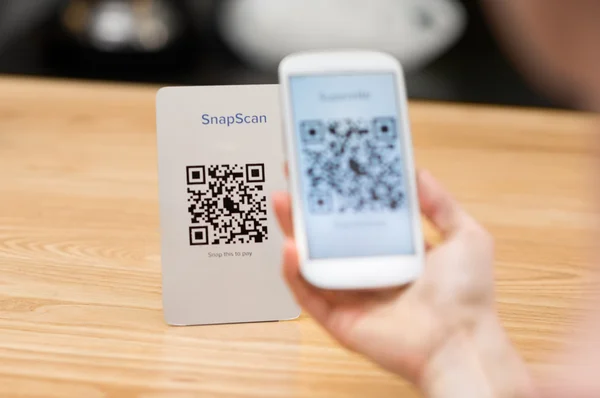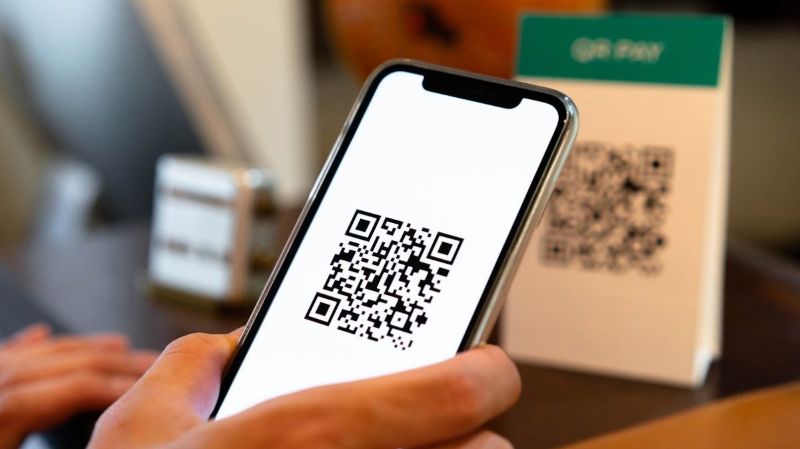6 min read
1124 words
If it seems like QR codes are everywhere these days, that’s because, well, they are. From restaurant menus and payment portals to marketing campaigns and public information displays, these convenient digital squares have become an indispensable part of modern life. Their rapid adoption, accelerated by the contactless needs of the pandemic, highlights their utility. However, with widespread success often comes the attention of malicious actors, and QR codes are no exception. Enter “quishing,” also known as QR code phishing – a sophisticated cyberattack leveraging the very convenience that makes QR codes so popular.
Quishing is a type of cyberattack where malicious actors use seemingly legitimate QR codes to trick individuals into visiting fraudulent websites, downloading malware, or unknowingly divulging sensitive personal information. These deceptive codes redirect victims to fake sites designed to steal valuable data such as passwords, financial details, or personally identifiable information (PII). The increasing reliance on app- and phone-based payment systems, particularly for services like parking, has opened a fresh and concerning frontier for these fraudsters. Recent news reports, including warnings from cities like Montreal and Ottawa regarding fake QR codes on parking meters, serve as a stark reminder of this evolving threat.
What is Quishing?
At its core, quishing is a modern twist on the age-old phishing scam. While traditional phishing typically involves fraudulent emails or text messages (smishing) designed to lure recipients to malicious links, quishing initiates the attack through a QR code. The goal remains the same: to deceive users into providing confidential information or installing harmful software.
The effectiveness of quishing lies in its deceptive simplicity and the inherent trust users place in QR codes. Most people scan QR codes without much thought, expecting them to lead to a legitimate service or information. Fraudsters exploit this trust by embedding malicious URLs within these codes. Upon scanning, the victim is instantly redirected to a counterfeit website that meticulously mimics a legitimate one – be it a banking portal, a payment gateway, a social media login, or even a customer support page. The subtle differences between the fraudulent site and the authentic one are often imperceptible to the hurried user, making it alarmingly easy to fall prey.
The Mechanics of a Quishing Attack
Understanding how a quishing attack unfolds is crucial for prevention. Fraudsters employ various methods to deploy their malicious QR codes:
Firstly, they can physically tamper with legitimate QR codes in public spaces. In the case of parking meter scams, for instance, criminals paste their fake QR code stickers directly over the genuine ones. This makes it challenging for users to discern the authenticity, especially when they are in a hurry to pay for a service. These physical placements can also include public advertisements, bus stops, or even restaurant tables.
Secondly, quishing attacks can occur digitally. Malicious QR codes might be embedded in spam emails, instant messages, or social media posts. An email might claim to be from a utility company, prompting you to scan a QR code to view your bill or confirm a payment. Similarly, a social media post might offer a limited-time discount accessible only by scanning a code. Once scanned, the embedded link springs into action. This link might lead to a phishing page designed to harvest login credentials, or it could trigger the download of malware or ransomware onto the user’s device. The sophistication of these fake sites can be remarkably high, often featuring identical branding, layouts, and even security certificates to lull victims into a false sense of security.
Public Alerts and Real-World Impact: The Parking Meter Scam
The recent warnings from cities like Montreal and Ottawa regarding fake QR codes on parking meters serve as a pertinent real-world example of quishing in action. As more urban centers transition to app- and phone-based parking payments, the public is increasingly directed to scan QR codes on meters to initiate transactions. This convenient system, however, has inadvertently created a new vulnerability for fraudsters.
In these reported incidents, criminals affixed fabricated QR code stickers onto legitimate parking meters. Unsuspecting individuals, attempting to pay for parking, scanned these codes. Instead of being directed to the official municipal parking payment portal, they were sent to a fraudulent website designed to mimic the genuine one. On these fake sites, victims were prompted to enter sensitive financial information, such as credit card details, ostensibly to complete their parking payment. In reality, this data was being siphoned off by the cybercriminals for illicit purposes, leading to unauthorized charges and potential identity theft. Such incidents highlight not only the financial risks but also the broader erosion of trust in widely used public services.
Protecting Yourself from Quishing: Practical Tips

While the threat of quishing is growing, several proactive measures can significantly reduce your risk of becoming a victim:
- Verify the Source: Always be suspicious of QR codes in unexpected places or those that appear to be pasted over existing information. If a QR code is on a public fixture like a parking meter, take a moment to inspect if it’s a sticker slapped on top of the original.
- Preview the URL: Many modern smartphone cameras and QR code scanner apps display the URL linked to the QR code before you navigate to it. Always check this URL. Does it look legitimate? Does it match the expected domain (e.g., your bank’s official website, the city’s parking authority)? Look for HTTPS in the URL, but don’t rely solely on it, as even malicious sites can obtain SSL certificates.
- Use Official Apps for Payments: For services like parking, always prioritize using the official, downloaded app from a trusted app store (Google Play Store, Apple App Store) or navigating directly to the service provider’s official website by typing the URL yourself. Avoid scanning QR codes for sensitive transactions whenever possible.
- Be Wary of Requests for Sensitive Information: If a QR code leads you to a page immediately asking for your login credentials, credit card details, or other PII, exercise extreme caution. Legitimated services usually have a familiar login process.
- Keep Software Updated: Ensure your smartphone’s operating system and security software are always up-to-date. These updates often include patches for newly discovered vulnerabilities.
- Report Suspicious Activity: If you encounter a suspicious QR code, report it to the relevant authorities (e.g., local police, the city council for public infrastructure, or the service provider if it pertains to their product).
The convenience offered by QR codes is undeniable, but it must be balanced with vigilance. As quishing becomes a more prevalent threat, an informed and cautious approach is your best defense against falling victim to these evolving digital scams. By being aware, verifying sources, and following cybersecurity best practices, you can safely navigate the world of QR codes and protect your personal and financial information.
